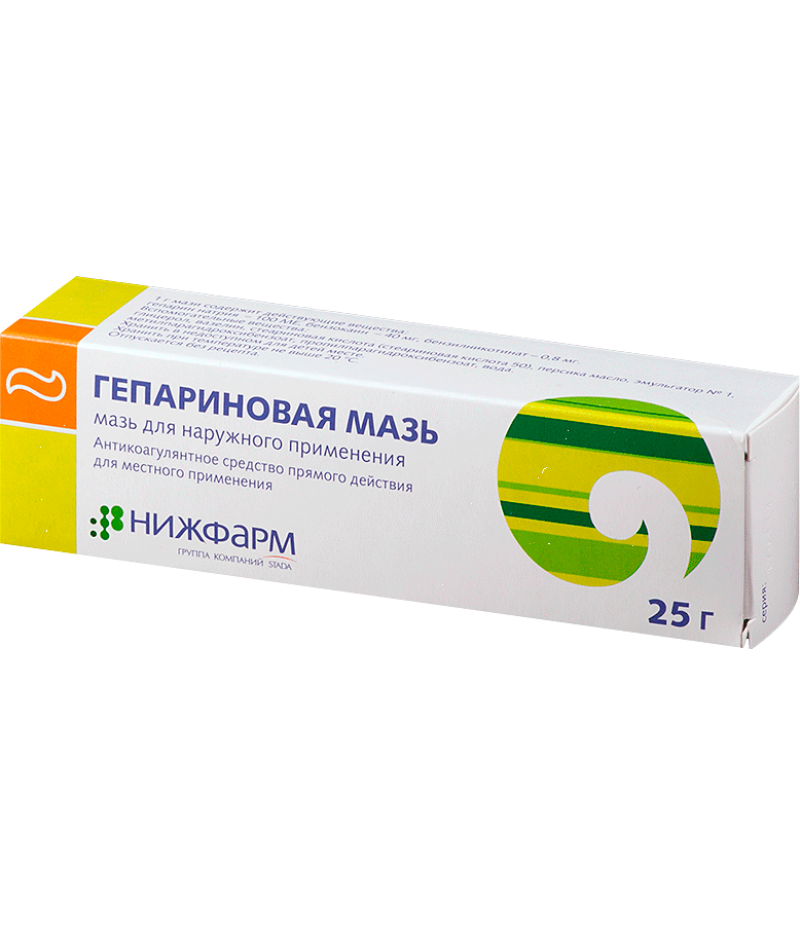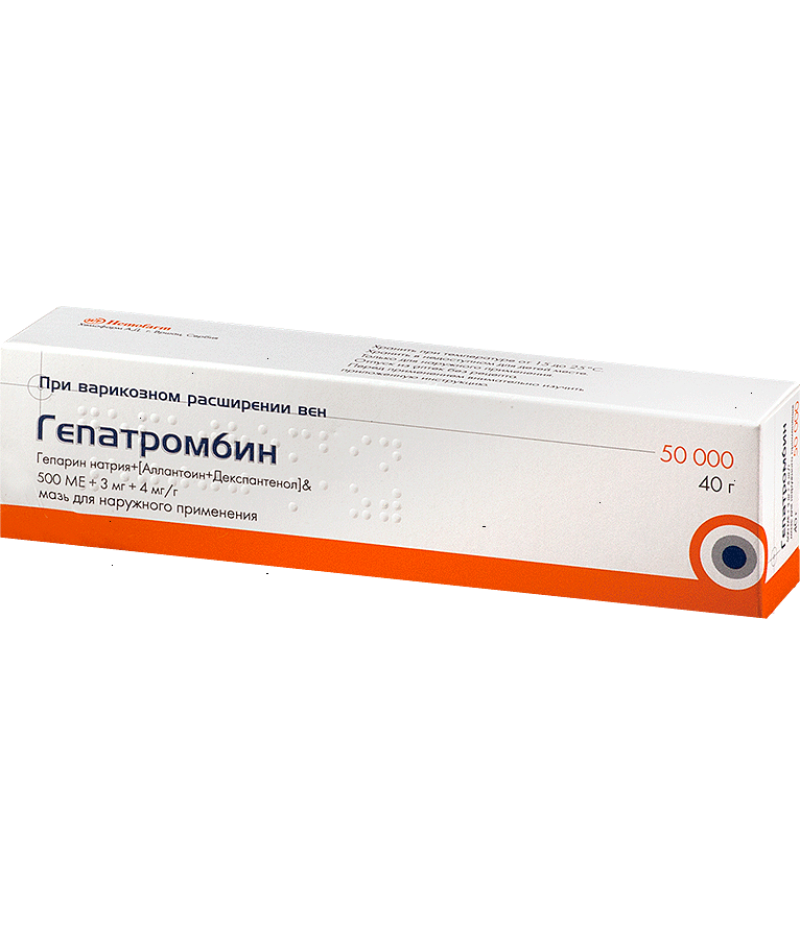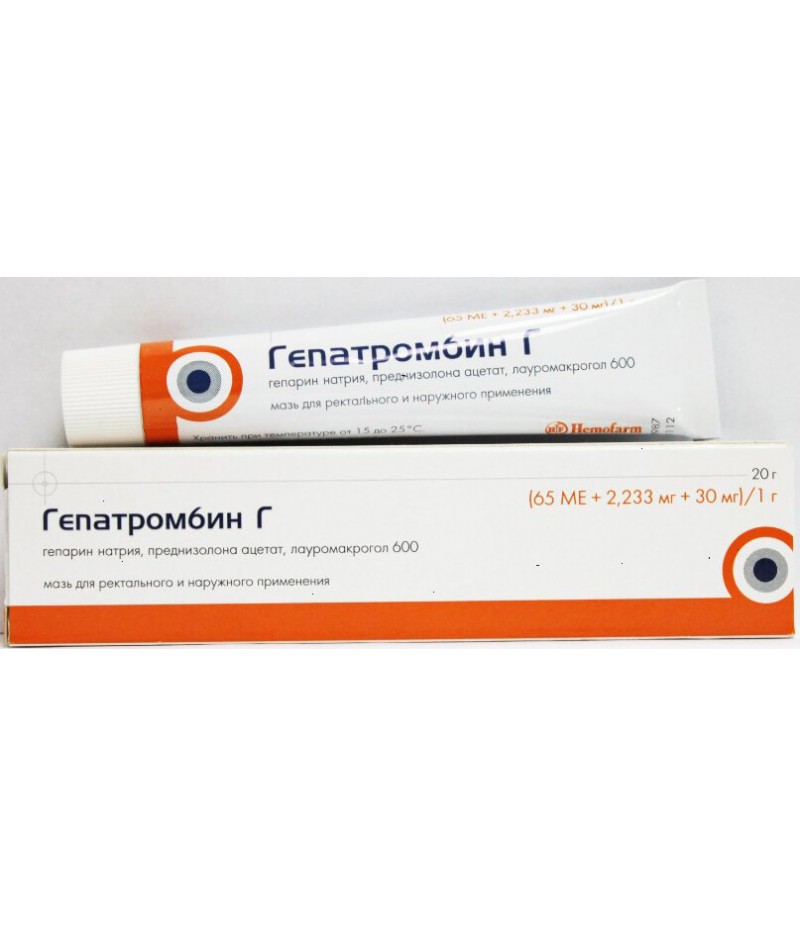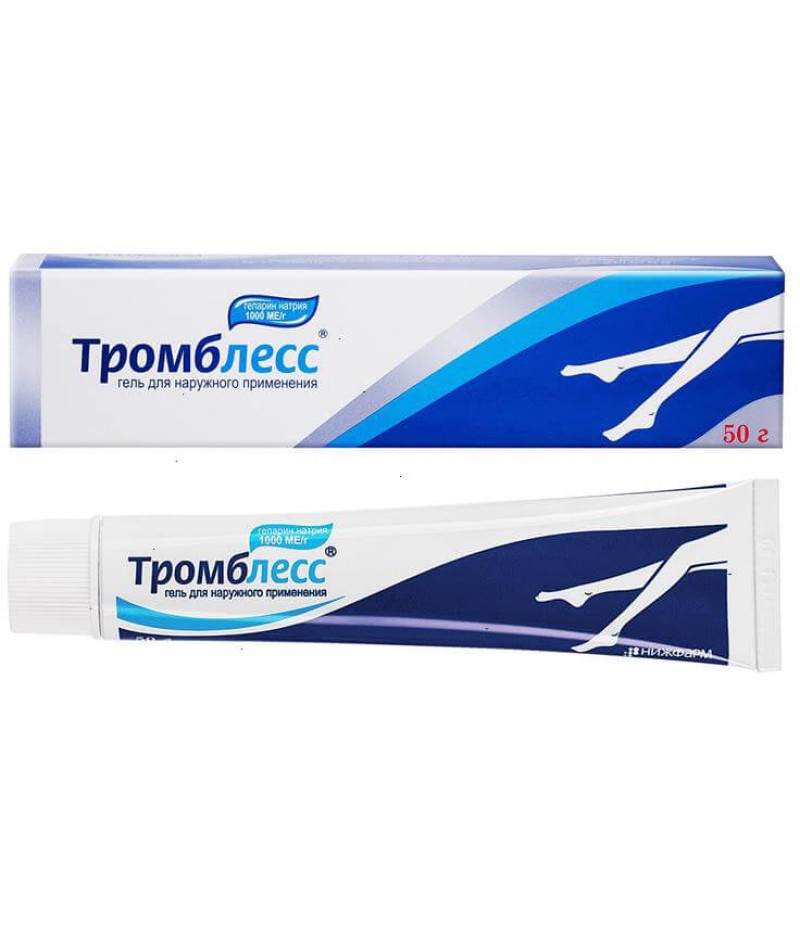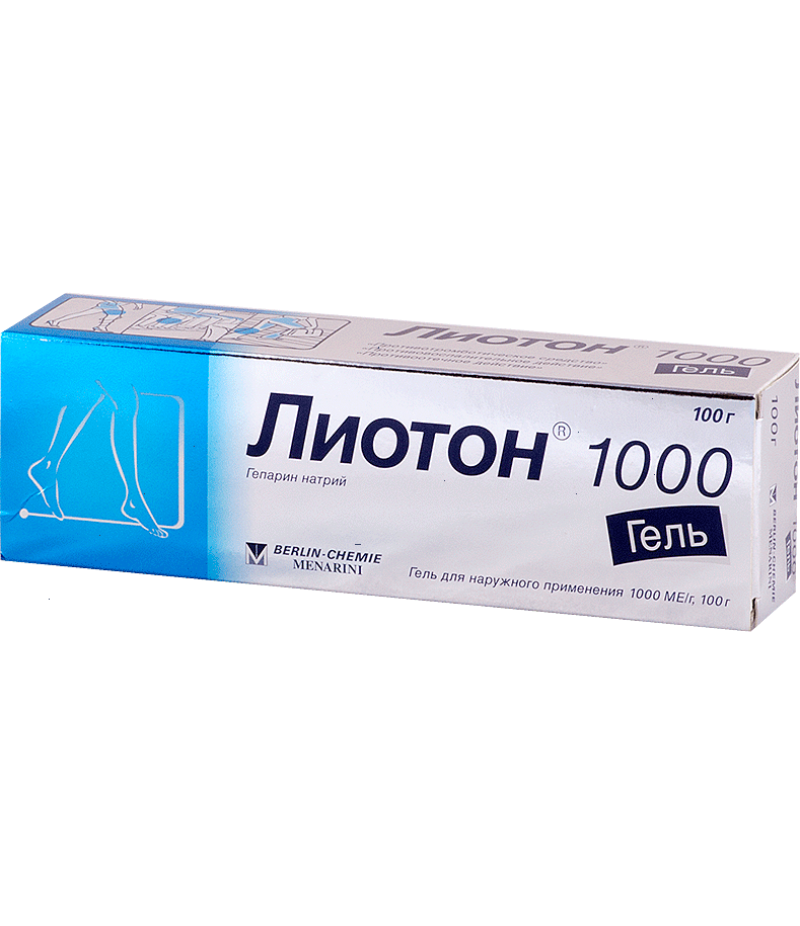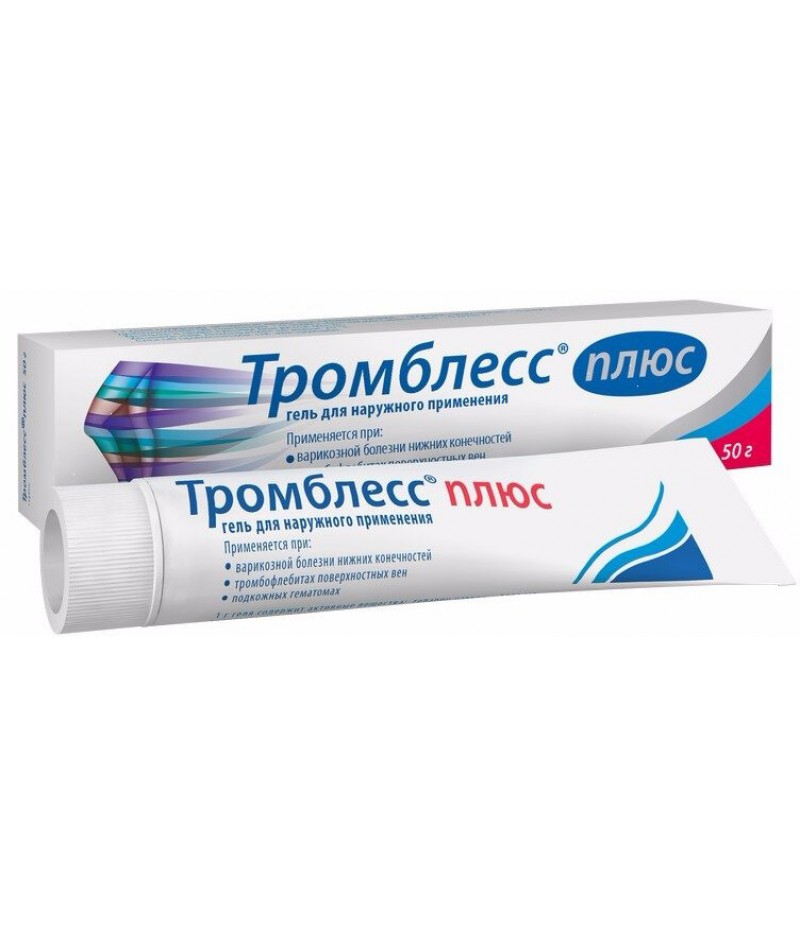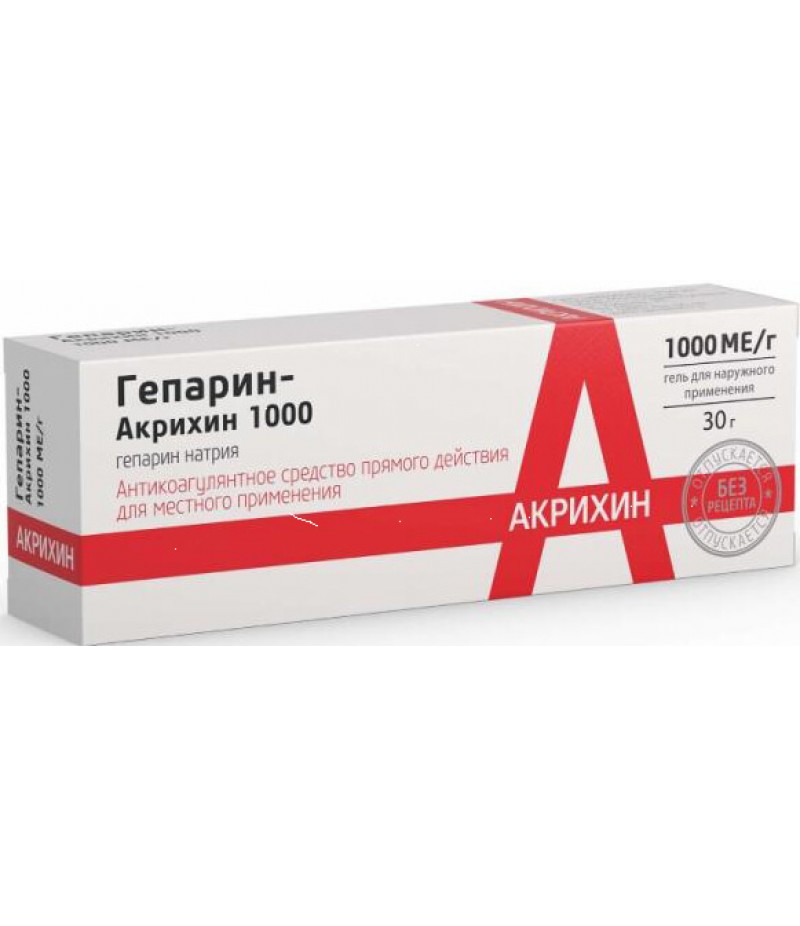Heparin Ointment 25gr
- $5.18
- 3 or more $4.99
- Availability:In Stock
Heparin Ointment instructionReed more and buy Heparin Ointment on this pageCompositionThe Heparin Ointment contains 100 IU / g of heparin, 40 mg / g of benzocaine (a local anesthetic), and 0.8 mg / g of benzyl nicotinate.Excipient..
Tags: ointment
Heparin Ointment instruction
Reed more and buy Heparin Ointment on this page
Composition
The Heparin Ointment contains 100 IU / g of heparin, 40 mg / g of benzocaine (a local anesthetic), and 0.8 mg / g of benzyl nicotinate.
Excipients: paracine soft, white, glycerin, stearic acid, emulsifier No. 1, sunflower oil, methyl and propyl parahydroxybenzoate, purified water.
Form of issue
Ointment for external use. Tubes of 25 g.
pharmachologic effect
Local anesthetic, anticoagulant.
Pharmacodynamics and pharmacokinetics
Pharmacodynamics
When applied to the skin, the ointment prevents the formation of blood clots, has an anti-inflammatory and local anesthetic effect.
Heparin, which is gradually released from the ointment, reduces the inflammatory process and has an antithrombotic effect; Benzylnicotinate (benzyl nicotinic acid ester) dilates the surface vessels, thereby contributing to the absorption of heparin; Benzocaine is anesthetizing.
Pharmacokinetics
From the surface of the skin, heparin is absorbed in small amounts. Up to 95% of the substance is in the plasma-bound state, the volume of the distribution (Vd) is 0.06 l / kg.
Through the placental barrier and into breast milk does not penetrate.
Metabolised in the liver. T1 / 2 heparin - an average of 1.5 hours Excreted by the kidney.
Local application of Heparin Ointment does not lead to a change in the parameters of blood coagulation.
Benzyl nicotinate falls into all layers of the skin, but practically does not enter the systemic bloodstream. Benzocaine for external use is almost not absorbed.
Indications for use of Heparin Ointment
On the question "what helps Heparin Ointment?", The doctors respond that the main indications for the use of Heparin ointment are phlebitis (postinfusion and postinjection), thrombophlebitis (accompanied by inflammation of the vessel wall of thrombosis) of superficial veins, chronic hemorrhoids in the acute stage.
Contraindications
presence of damage to the skin (ulcers, open infected wounds, necrotic processes, etc.);
thrombocytopenia;
hypocoagulation;
heparin-induced thrombocytopenia (HIT) of type II (at the moment or in the anamnesis);
hypersensitivity to the components of the ointment.
Side effects
With prolonged use, local reactions can develop in the form of reduced sensitivity in the treated area, skin hyperemia, hypersensitivity reactions (skin rash, itching).
With the use of topical forms of heparin, the risk of developing type II HIT can not be ruled out (with a sharp drop in platelet count (Tp) to <50% of the initial value, a decrease in the number of Tp <100,000 × 109 / l, with venous / arterial thrombosis or embolism).
For this reason, the use of the drug should additionally monitor the level of Tp in the blood in patients with systemic thromboembolism in the anamnesis.
In patients without previously existing hypersensitivity to heparin with parenteral administration of heparin, a decrease in the Tp level is usually observed 6-14 days after the start of treatment. With hypersensitivity to heparin, HIT can develop for several hours.
Heparin Ointment, Instructions for Use (Method and Dosage)
Instructions for use of Heparin ointment for phlebitis and thrombophlebitis
With postinfusion / postinjectional phlebitis, as well as for treatment of thrombophlebitis of superficial veins, an ointment 2-3 r / day is applied in a thin layer on the affected area and gently rubbed into the skin. To process a section 3-5 cm in diameter, 0.5-1 g of the preparation is sufficient. Treatment lasts, as a rule, from 3 to 7 days.
Heparin ointment for hemorrhoids
In case of exacerbation of chronic hemorrhoids, ointment is applied directly to inflamed hemorrhoids on a linen or calico lining, which is then fixed with a bandage.
Feedback suggests that another method of using the drug is equally effective: in the form of tampons: the tampon is impregnated with ointment and then injected into the anus.
Apply Heparin ointment from hemorrhoids is recommended daily 2 or 3 r./day, until the inflammatory phenomena disappear. Treatment lasts no more than 10 days.
Hemorrhoids are quite common in pregnancy, but it should be remembered that pregnant women are allowed to use any medicine only with the approval of a doctor.
Heparin ointment for varicose veins
In case of varicose veins, the drug is especially effective in the early stages of the disease, when the asterisks and enlarged veins are just beginning to appear: the drug reduces soreness, relieves the feeling of heaviness, redness, itching and swelling, speeds up the resorption of already formed blood clots and does not give rise to new ones, normalizes microcirculation.
The drug should be applied to the area of the altered vessels daily 3 r./day for 2 weeks.
Contraindications to the use of BPV (varicose veins) are the presence of open ulcers or any other damage to the skin, as well as the known intolerance of any remedy from the group of local anesthetics.
Heparin ointment from bruises
Heparin is considered one of the most effective means of bruising. Possessing an anticoagulant effect, it accelerates the resorption of the blood clots formed under the skin and improves the condition of the capillaries.
The benzyl nicotinic acid contained in the Heparin Ointment has a vasodilating effect, thereby improving the absorption of heparin. Local anesthetic benzocaine helps relieve pain.
The way of using ointment from bruises The course of treatment with heparin containing means is from 5 to 15 days. Ointment is applied to the site of the bruise / bruise 2-3 r. / Day and gently rubbed into the skin.
Practically all the reviews that can be read at the forums about Heparin Ointment are positive: the remedy cures subcutaneous hematomas in 2-4 days.
Why is Heparin ointment used in cosmetology?
Many pharmacy products are quite successfully used to eliminate these or other cosmetic defects. Since the main indications for the use of Heparin Ointment are VVR, hemorrhoids, mastitis, bruises, the question naturally arises, why can the drug be used in cosmetology?
For the face, the ointment is used as a remedy:
from wrinkles;
from acne;
from bags under the eyes.
One of the signs that a person has a blood flow is swelling. And especially they are noticeable under the eyes, since the skin in this place is very thin and delicate. Often, swelling is accompanied by darkening of the skin.
To get rid of this problem, you should apply Heparin Ointment under the eyes: 1) with fingertips, easily patting the skin, and not too close to the mucous membrane.
Important! For a person, the drug is used only after the test for allergy to it. To check the portability of the remedy, it is applied to the inner side of the wrist or elbow and is monitored for reaction.
Ointment relieves inflammation and reduces the soreness of the affected area. Due to these properties it is sometimes used and as a remedy for acne. For this purpose, the drug is applied to the face with a thin layer of 3 r./day until the inflammation completely disappears.
In the same way, the drug is used to treat couperose.
As a remedy for wrinkles Heparin ointment is applied 2 r. / Day. Apply it with gentle massage movements, without stretching the skin (especially around the eyes). Rejuvenating properties of heparin, most likely, due to its resorptive and decongestant properties.
Feedback on the use of a face pack allows you to conclude that the cardiovascular solution to the problem of already appearing wrinkles with the help of the drug can not be. Nevertheless, it is able to prevent the emergence of new ones and to halt the development of existing ones.
Overdose
Cases of overdose are not described.
Long-term use on a large surface can provoke hemorrhagic complications.
Treatment involves the abolition of the drug and - if necessary - the use of a 1% solution of protamine sulfate, which is a heparin antagonist.
Interaction
Strengthening the anticoagulant effect of heparin is facilitated by the simultaneous use of the drug with antiplatelet agents, anticoagulants and NSAIDs.
Reduction of the action of heparin is facilitated by the use of the drug with thyrotoxin, ergot alkaloids, antihistamines, tetracycline and nicotine.
Heparin should not be administered topically in combination with NSAIDs, H1-histamine receptor blockers, tetracyclines.
Terms of sale
To buy Heparin ointment the prescription is not required.
Storage conditions
The drug should be stored at a temperature of 8-15 ° C.
Shelf life - three years.
special instructions
If long-term treatment is necessary, as well as when the drug is used to treat large areas of the body and concurrently ingestion of drugs that affect hematopoiesis and / or coagulation, it is necessary to control the PTI and clotting time.
Similar control is required if long-term use is required and in large areas of lesion in women over the age of 65 and in pregnant women.
The drug is not designed to handle open wounds. Also, do not apply it to the skin in the presence of purulent processes.
It is not recommended for use in DVT (deep vein thrombosis).
Because of the possibility of systemic action of heparin, patients with thromboembolic complications in the history of ointment should be administered with caution.
Methyl- and propyl parahydroxybenzoate may cause delayed-type hypersensitivity reactions.
Does not adversely affect the ability to work with machinery and drive vehicles.
Which is better: Lioton or Heparin ointment?
The preparation Lioton 1000, like its analogue, contains sodium heparin as an active substance in its composition, but at a much higher concentration - 1000 IU / g.
Lioton is produced in the form of a gel, therefore, it penetrates better and faster into the skin than the products released in the form of an ointment.
Another difference between the drugs is that in the Heparin ointment, in addition to heparin, its components, benzlinicotinate and benzocaine, are also increasing.
Which is better: Troxevasin or Heparin ointment?
Troxevasin is a capillary stabilizing agent. Its active substance is a mixture of bioflavonoids, which contains not less than 95% of troxerutin (the concentration of troxerutin in 1 gram of ointment is 20 mg).
The effect of the drug is aimed at reducing edema, pain, improving trophism and eliminating various pathological disorders, the cause of which is venous insufficiency.
Both drugs are good, but their effect is somewhat different. Troxerutin has venotonic, angioprotective, anti-edematous and anti-inflammatory effects. Heparin is a local anesthetic and anticoagulant.
It is believed that troxevasin is more effective when it is necessary to remove the edema, and its analogue is when it is necessary to accelerate the resorption of the hematoma.
For children
Pediatrics is used to treat children older than 12 months.
The drug is applied to the affected area with a thin layer and light movements are rubbed into the skin. A single dose for a child depends on the area of the lesion and is from 0.5 to 3 cm of the column of the agent.
Instructions for Heparin Ointment during pregnancy and lactation
Safety of use of the drug in pregnant and lactating women is not established. Through the placental barrier, heparin does not pass, with breast milk is not excreted.
There is no information as to whether other components of the ointment pass into breast milk.
Heparin ointment during pregnancy and during breastfeeding can be used only with the approval of a doctor.
Reviews about Heparin Ointment
Heparin ointment is an inexpensive and very effective remedy. It is used from hemorrhoids, from bruises, with varicose veins. Also you can meet good reviews about Heparin Ointment for the face: in cosmetology, the drug is most often used to eliminate bruises and bags under the eyes.
More controversial reviews about Heparin ointment from wrinkles: someone says that the drug is very effective in the struggle to preserve the youthful skin, someone says that no serious improvements have been noticed.
But the reviews about Heparin ointment with hemorrhoids are extremely positive - the drug works fine when it comes to such a delicate problem, while in the presence of indications it is allowed to use even in pregnancy.
No less well proven ointment and from varicose veins: patients say that the vascular sprouts on the legs noticeably decrease (and sometimes completely disappear) after 1-2 weeks of regular use.

